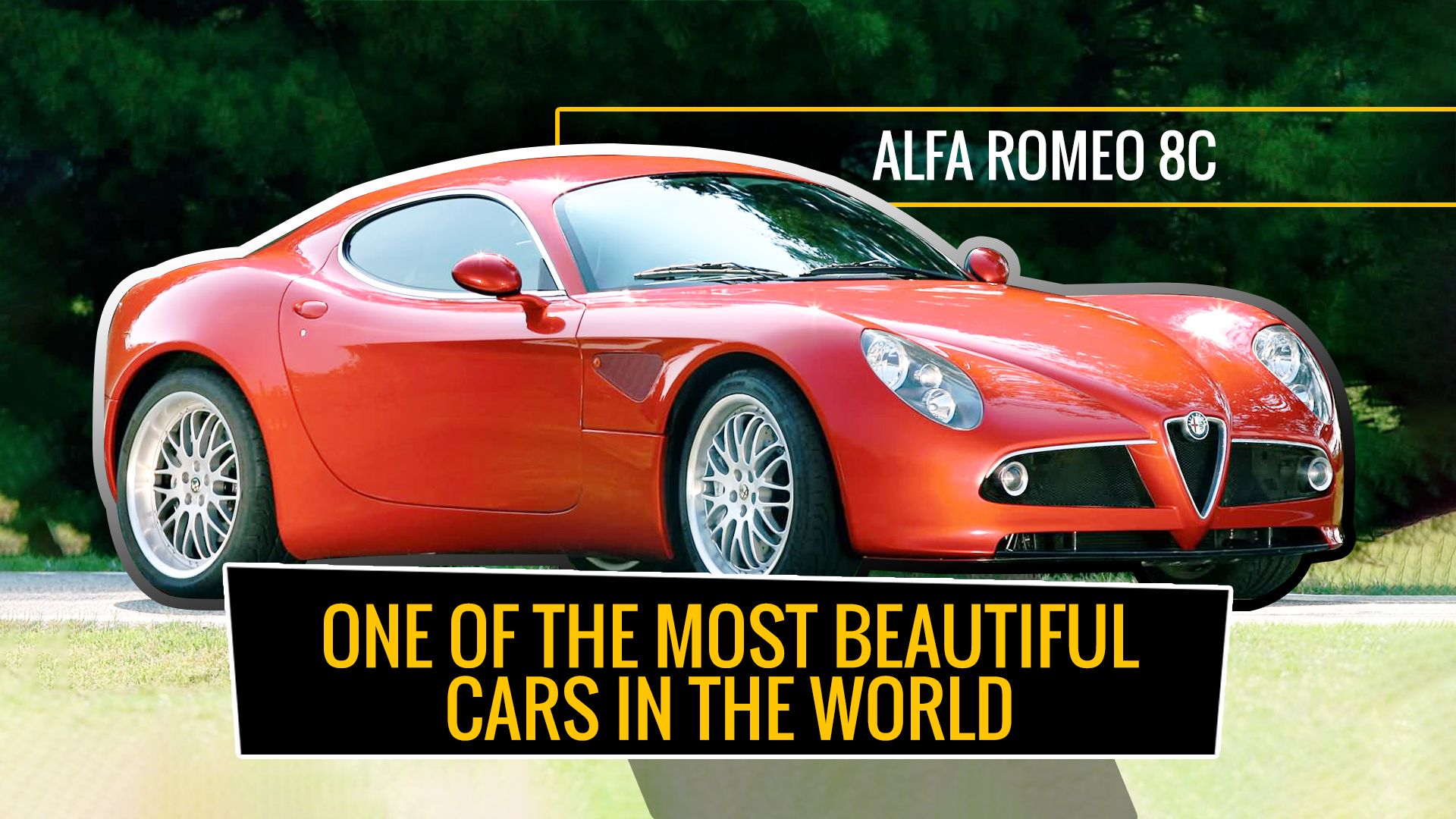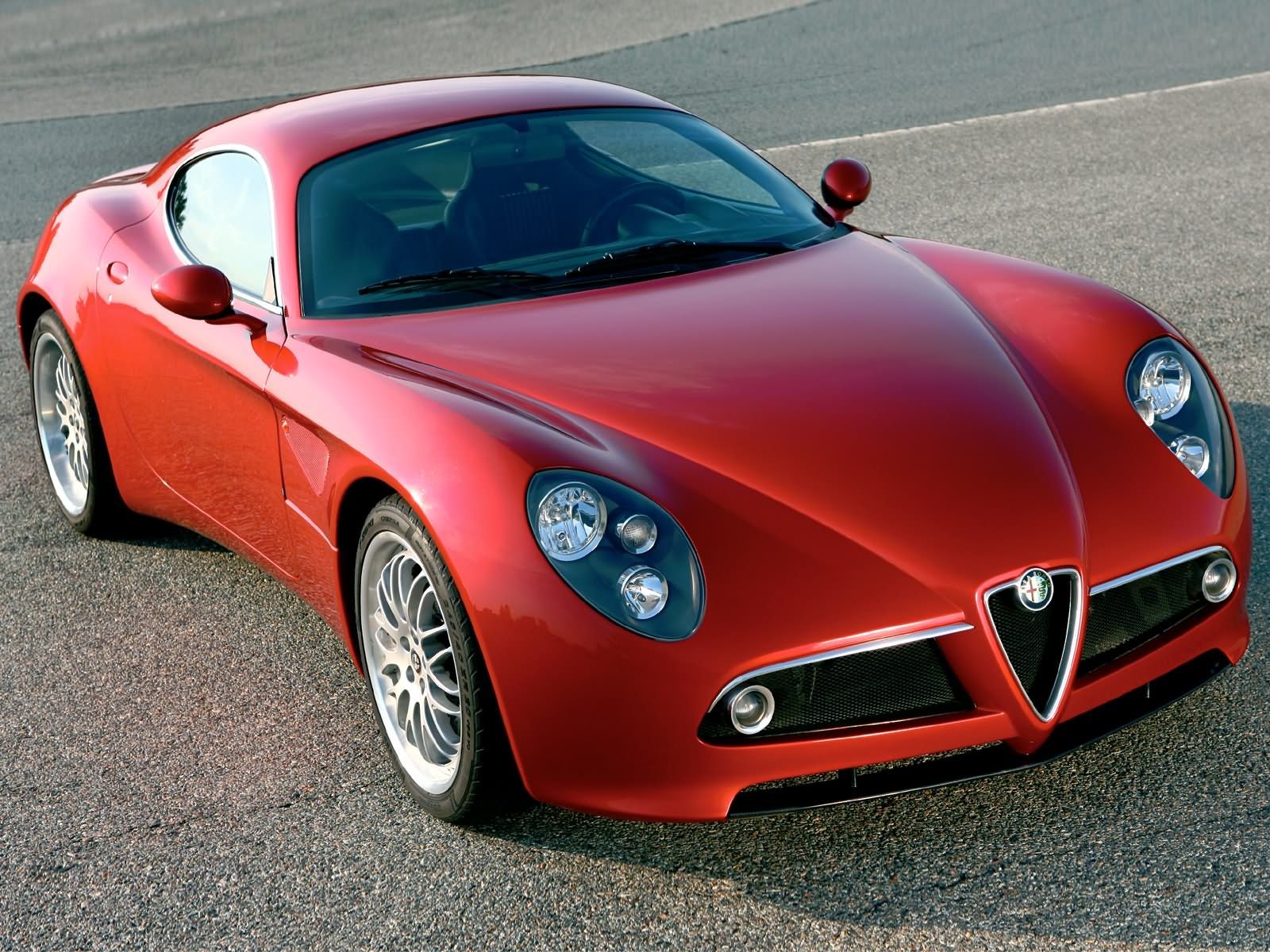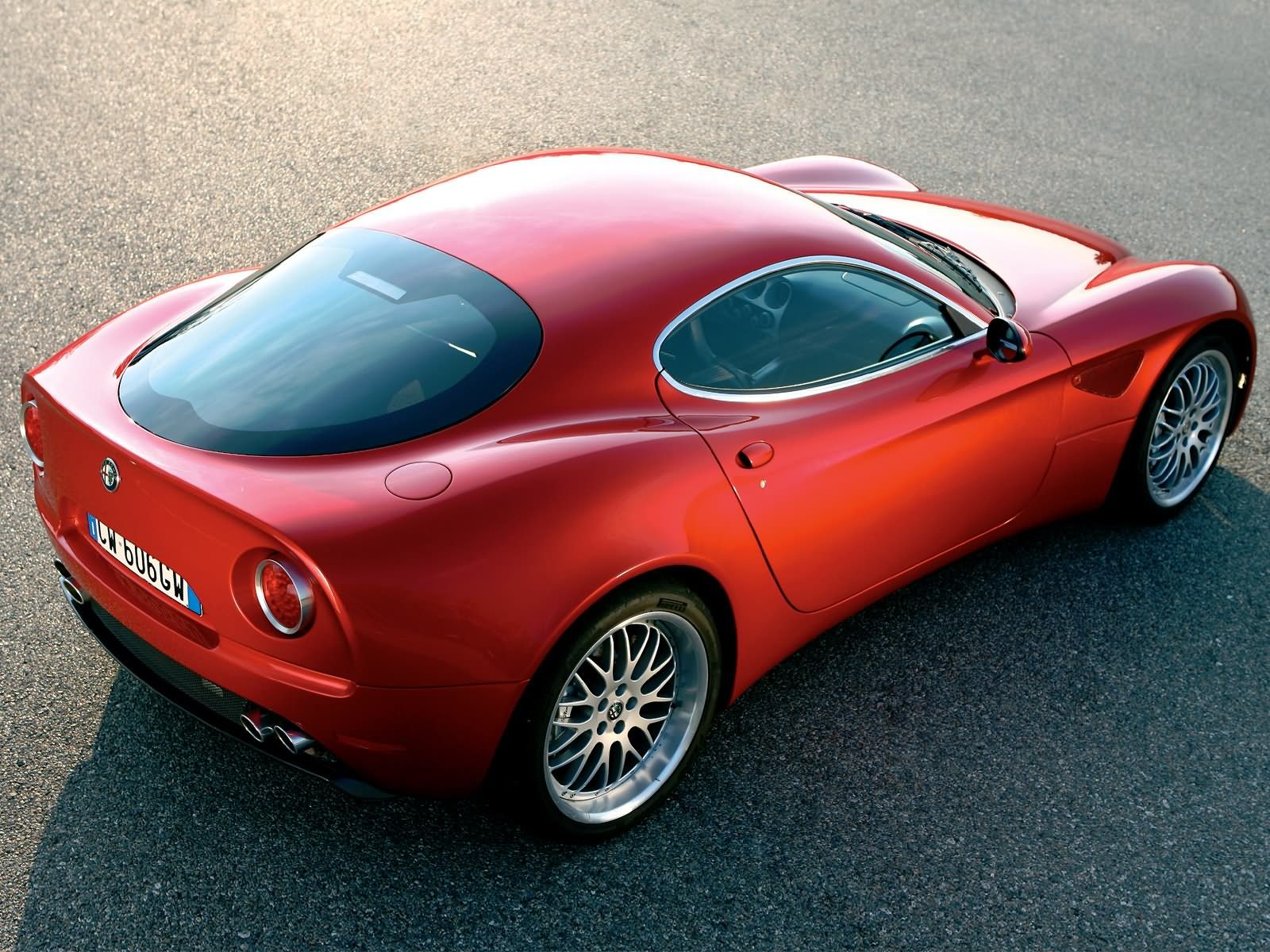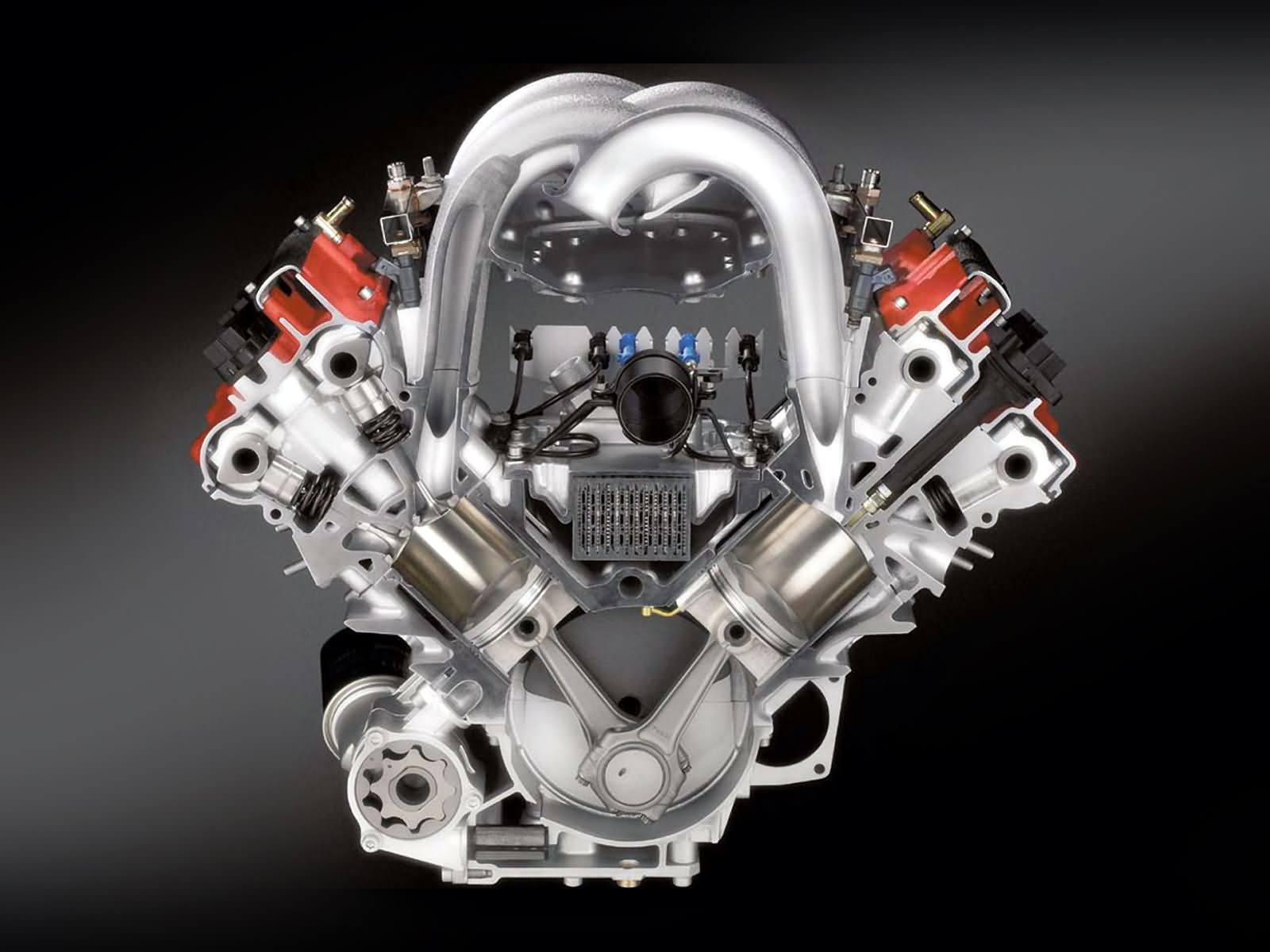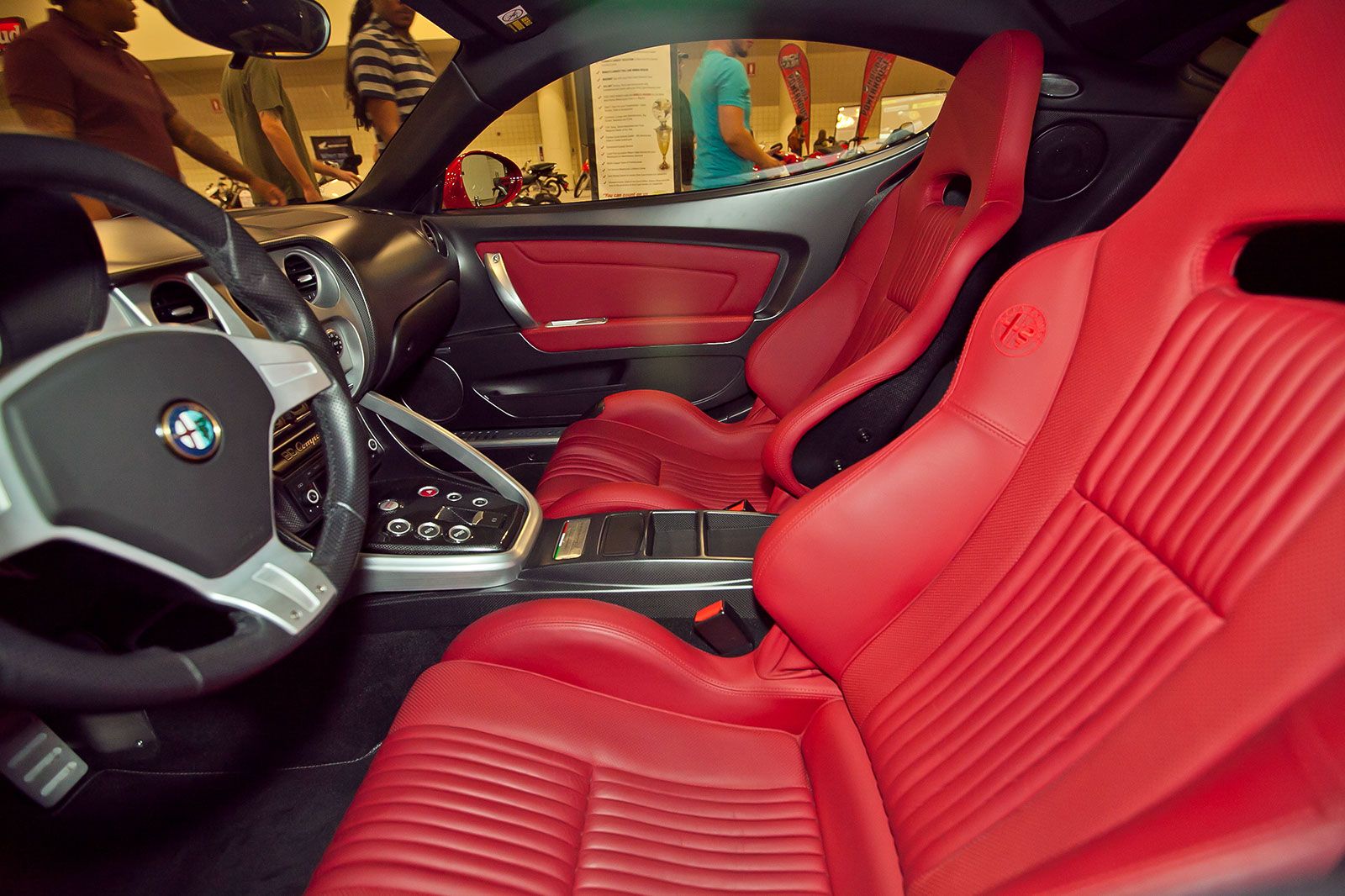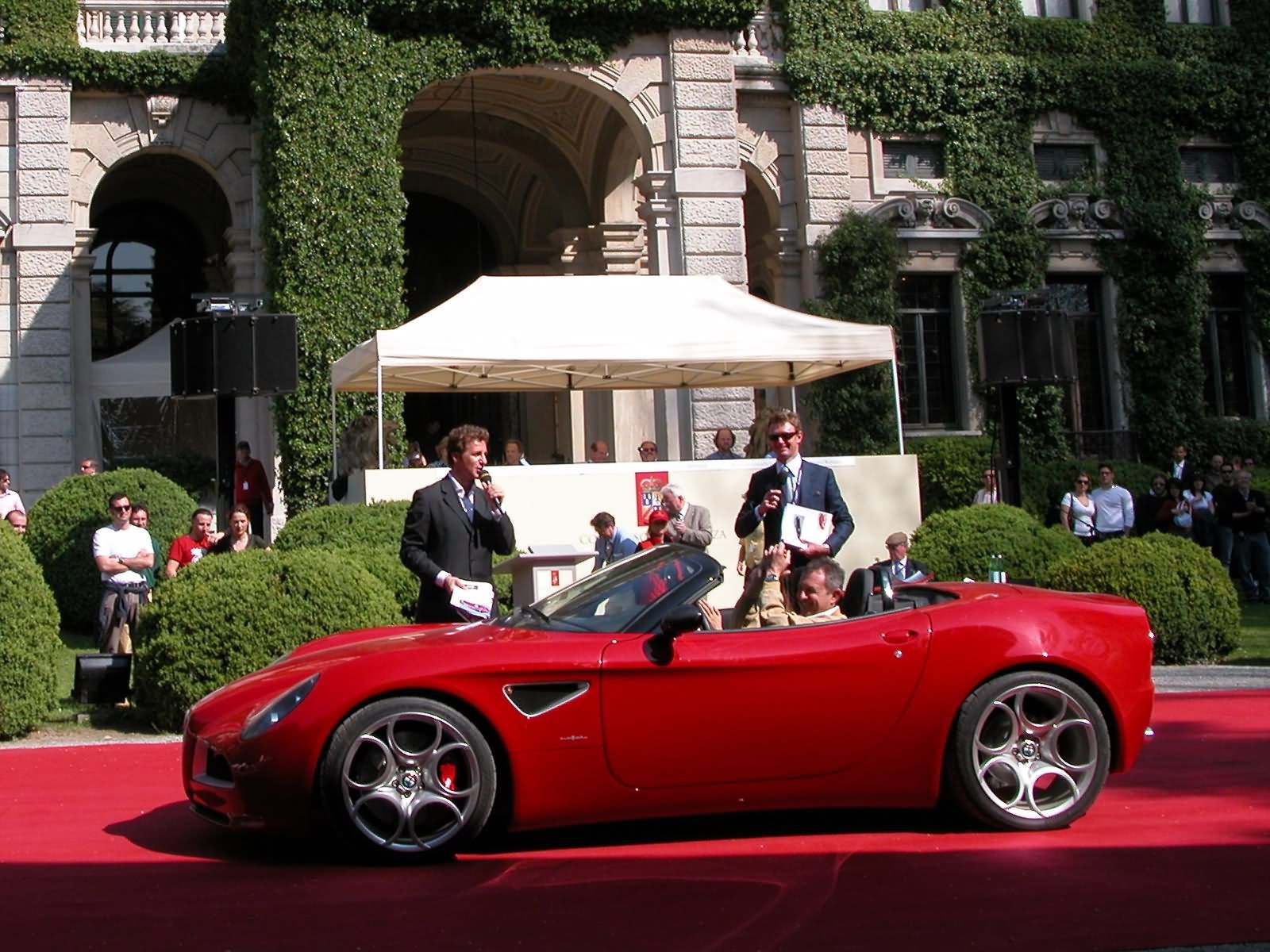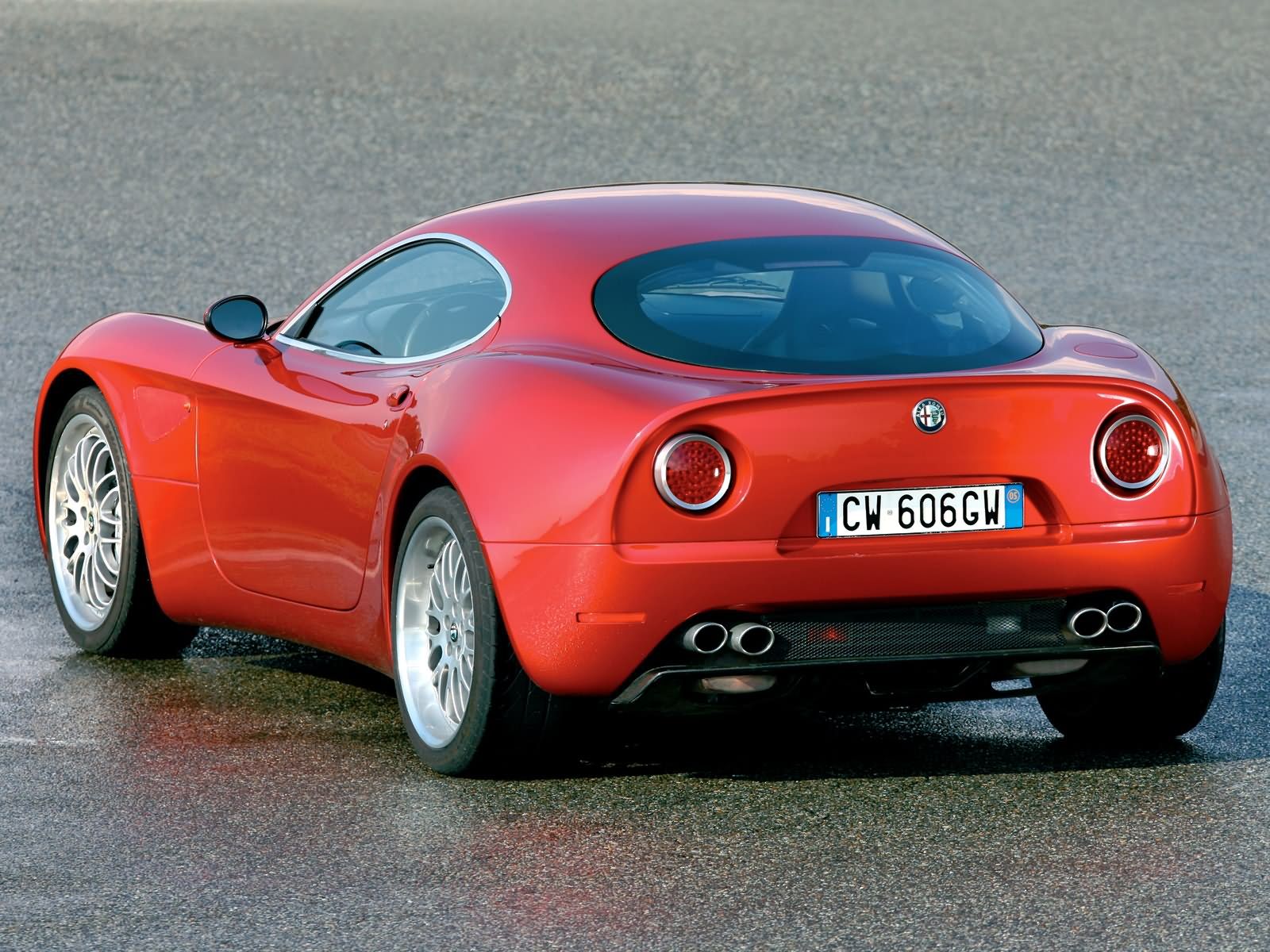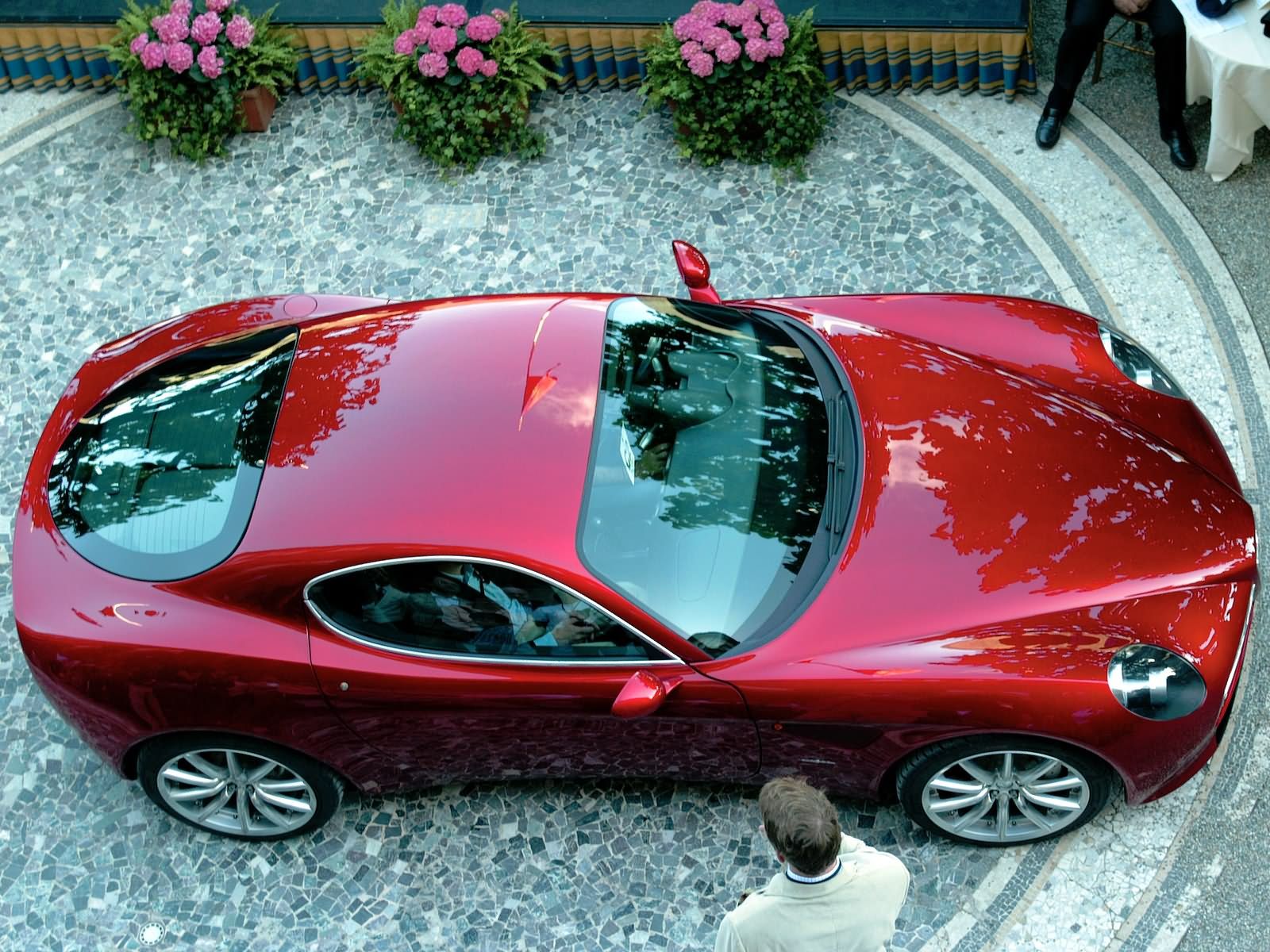For all its glorious racing history and stylish models, Alfa Romeo, currently, lacks a flagship sports car. Granted, the Italian carmaker is in the middle of a vital transition towards electrification, which should ensure the brand’s survival under the banner of Stellantis. While the current Alfa Romeo Giulia, in all its variants, was a breath of fresh air for the brand, the V-8-powered Alfa Romeo 8C that came a decade before it, was a true flagship sports car for the Italian brand. Unfortunately, the 8C wasn’t all it could be. Here’s what Alfa did right and what it did wrong with the 8C.
The Right Name and a Classically-Correct Design
Naming a car right is an important and often underestimated, aspect when developing a new model. Because of Alfa Romeo’s rich history and racing pedigree, there are plenty of iconic nameplates that are itching to be revived. The Italian carmaker already did so with quite a few of them, such as the Giulietta and Giulia, which date back to the 1950s and 1960s. The Alfa Romeo 8C is no exception as the nameplate dates back to Alfa Romeo models from 1931.
Alfa Romeo’s models, for the most, part are extremely well-styled. It will not be an exaggeration to say that some of the most beautiful cars ever made were manufactured by Alfa Romeo. Pininfarina and Bertone are only a few of the renowned design studios associated with Alfa Romeo, but in recent years, the design of the modern-day Alfas has been entrusted to Centro Stile Alfa Romeo – the brand’s in-house design department.
As the Alfa Romeo 8C features a front-engine, rear-wheel-drive (FR) layout, its curvacious design incorporates a long front hood and a short rear end with the iconic “la coda tronca” (Kamm tail/Kamback) rear-end design. Unfortunately, the design, as mesmerizing as it is, is purely function over form as the car lacks any storage space whatsoever (in case you care).
The right engine
While the Alfa Romeo 8C was clearly never designed to chase records, it had a proper “heart” beating under the carbon-fiber hood. The 4.7-liter, naturally-aspirated, DOHC, V-8 came from Maserati and produced 450 horsepower (331 kilowatts) at 7,000 RPM and 354 pound-feet (480 Nm) at 4,750 RPM. The engine is, actually, based on the F136 unit, which can be found in some Ferrari and Maserati models, and in fact, its internal designation is F136 YC.
The wrong transmission
For all the good things we can say about the Maserati V-8 that’s powering the 8C, the engine was mated to a not-so-exciting, six-speed robotized manual. The 8C Competizione (coupe) and 8C Spider (convertible) were launched at a time when paddle-shift transmissions had already gained popularity. Unfortunately, we are not talking about the sophisticated dual-clutch units like Porsche’s PDK or the quick-shifting automatics like ZF’s eight-speed unit, but rather the clunky, automated manual transmissions that, only a few years later, were already showing their age.
The 8C was never meant to be a record-breaking performance car, but rather a driver’s car that is best enjoyed at 8/10s. As such, a six-speed manual with a gated shifter would have been the best “marriage” for the glorious-sounding, 4.7-liter Maserati V-8. The only redeeming feature of the 8C’s robotized transmission is that, in true Alfa tradition, it is mounted at the rear for better weight distribution.
Not as lightweight as it could have been
Alfa Romeo is no stranger to making sports cars, and for the most part, the 8C delivers. That said, it’s not exactly lightweight when you take into account the car’s dimensions. At 172.5 inches (4,381 mm) long, 74.6 inches (1,894 mm) wide, and 52.8 inches (1,341 mm) high, the 8C Competizione is a compact vehicle. Despite that, it has a curb weight of 3,494 pounds (1,585 kg) or a whopping 3,693 pounds (1,675 kg) for the 8C Spider, despite being a relatively analog vehicle.
It’s even more surprising, given the body of the 8C, which is made entirely out of carbon fiber. Part of the reason why the 8C is so heavy in relation to its size could be the steel chassis manufactured by ITCA Produzione. An aluminum space frame would have been a more fitting option, but for some reason, Alfa Romeo decided not to bother.
Great Hardware, An Awful Setup, And the Worst Timing
The Alfa Romeo 8C Competizione combined all the right ingredients. It came with a V-8 up front, a transmission mounted in the rear, a limited-slip differential, and an independent, double-wishbone suspension all around. By all accounts, the results should have been incredible. Unfortunately, some automotive journalists who had the chance to get behind the wheel, most notably Jeremy Clarkson, criticized the car’s driving dynamics.
Somehow the 8C Competizione had an incredibly firm suspension and yet exhibited a surprising amount of body roll. It seems like Alfa Romeo wanted to make a proper race car for the road and changed their mind at the last minute, trying to turn it into a mildly-sporty cruiser.
Alfa Romeo revived the 8C nameplate in 2007 with the 8C Competizione. A year later, in 2008, the 8C Spider was also introduced. At the time, Alfa Romeo was still a struggling company and the merger between PSA and FCA that would spawn Stellantis would not happen for another eight years. While there are rumors of a new Alfa 8C in the works, the last 8C could have been a much better car had they made it about a decade later.
While the Maserati V-8 would have probably been ditched for the 2.9-liter twin-turbo V-6, the ZF, eight-speed automatic would have suited the car way better than the dreary, robotized manual it was equipped with. Moreover, the financial power of Stellantis could have resulted in a GT3 race car based on the 8C. With only 500 units built from each body style, the 8C could have been a true homologation special. Whether we’ll get another reincarnation of the Alfa Romeo 8C or not, we expect to find out around 2025 when Alfa Romeo is said to launch a couple of entirely new models, most of which we still know very little about.

